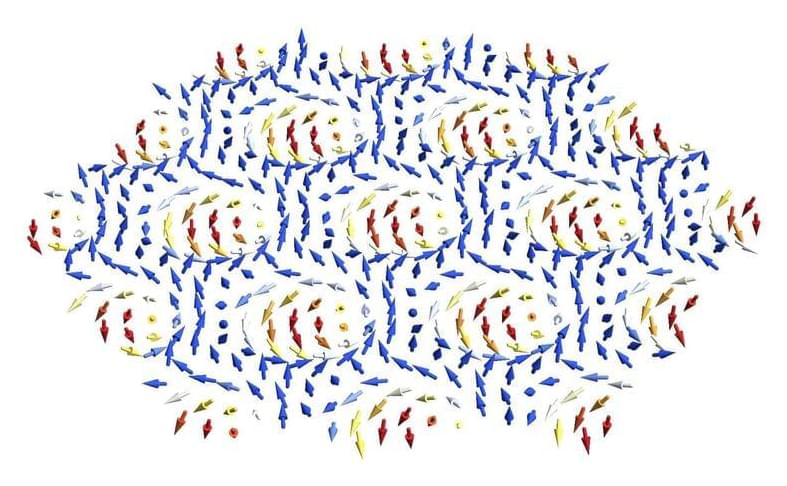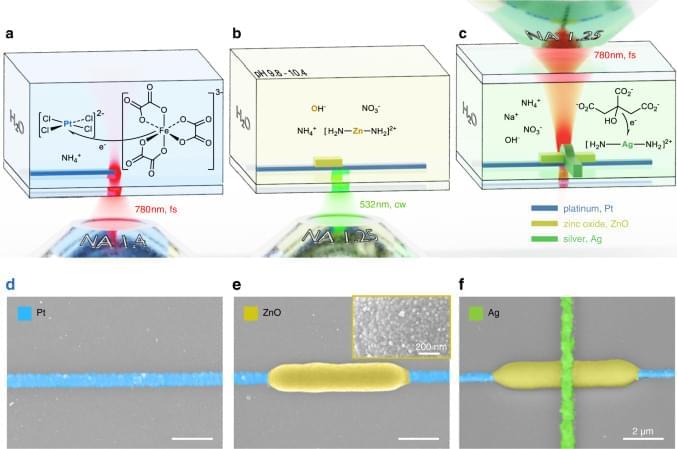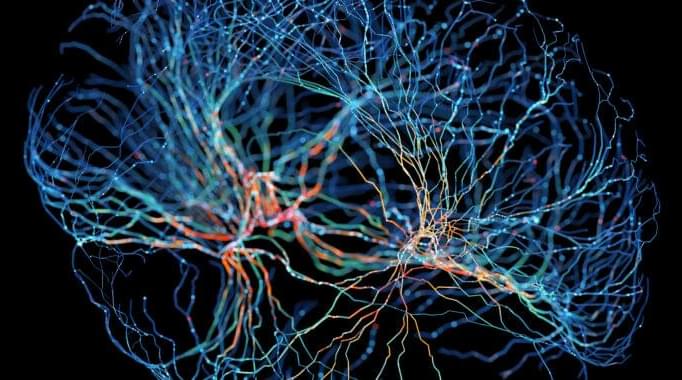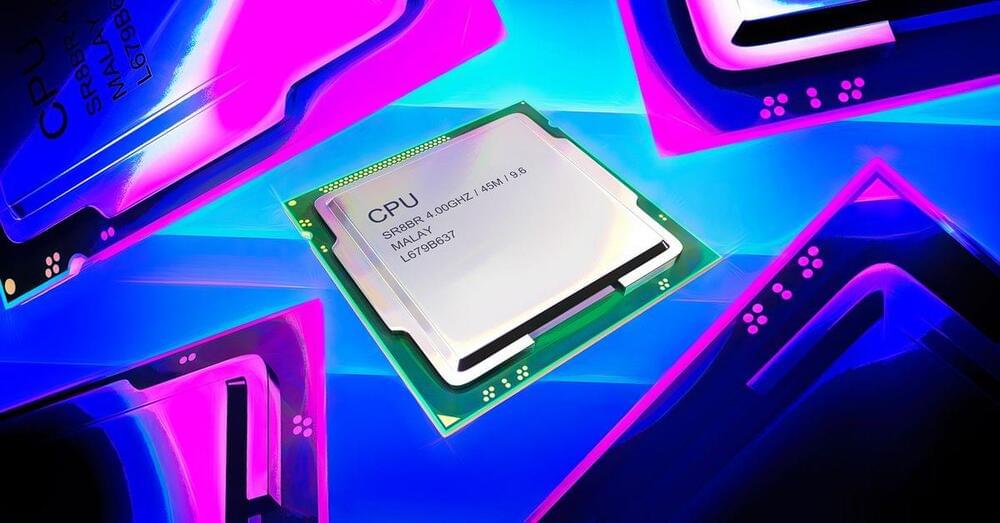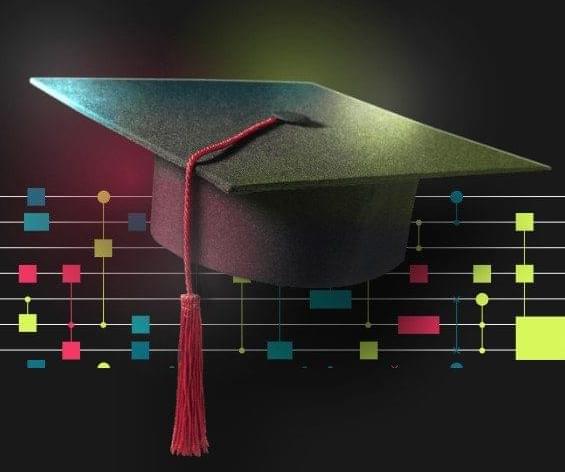Elon Musk/courtesy of Yichuan Cao/NurPhoto via Getty Images
In 2022, Elon Musk’s Neuralink tried – and failed – to secure permission from the FDA to run a human trial of its implantable brain-computer interface (BCI), according to a Reuters report published Thursday.
Citing seven current and former employees, speaking on the condition of anonymity, Reuters reported that the regulatory agency found “dozens of issues” with Neuralink’s application that the company must resolve before it can begin studying its tech in humans.

